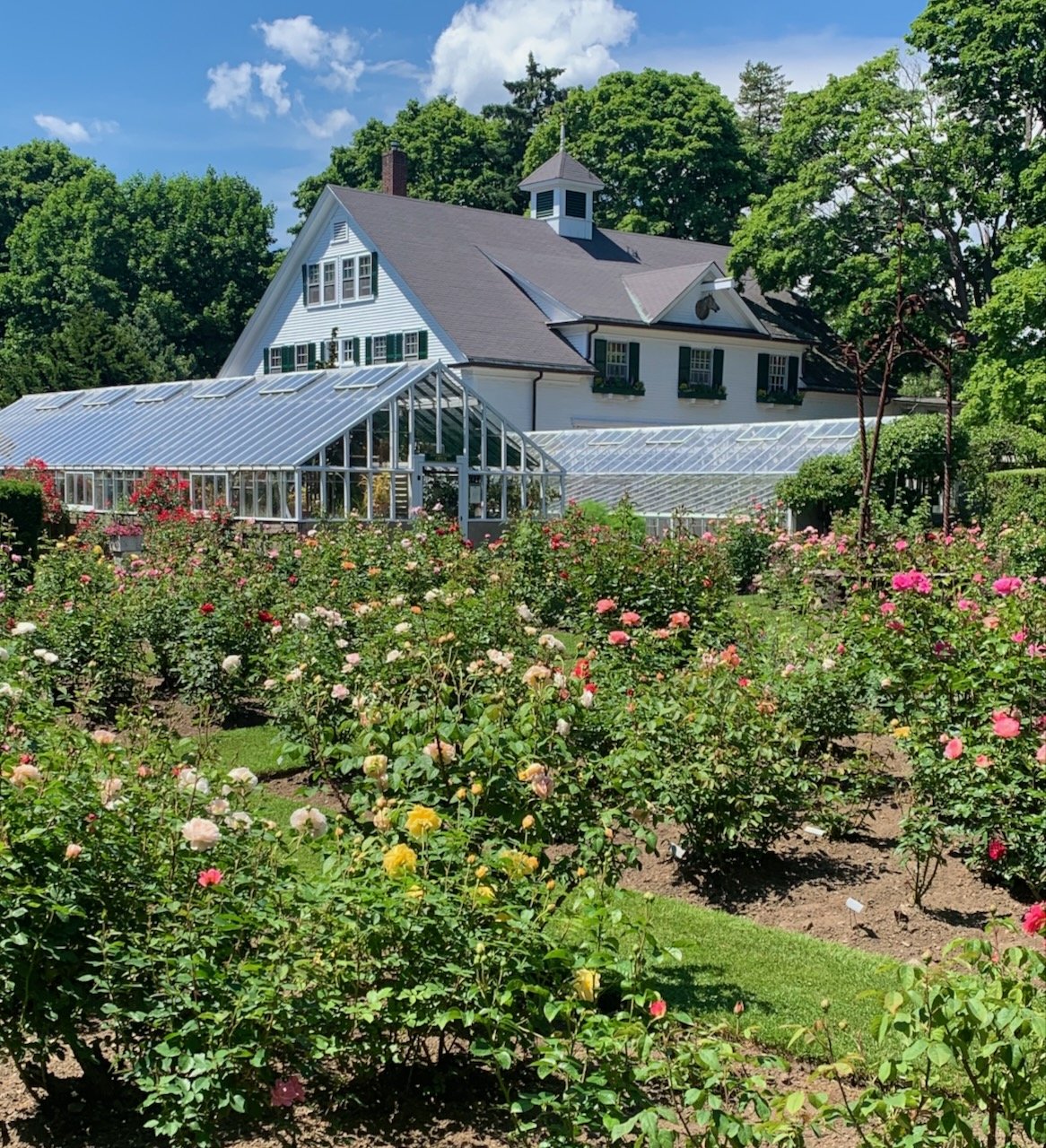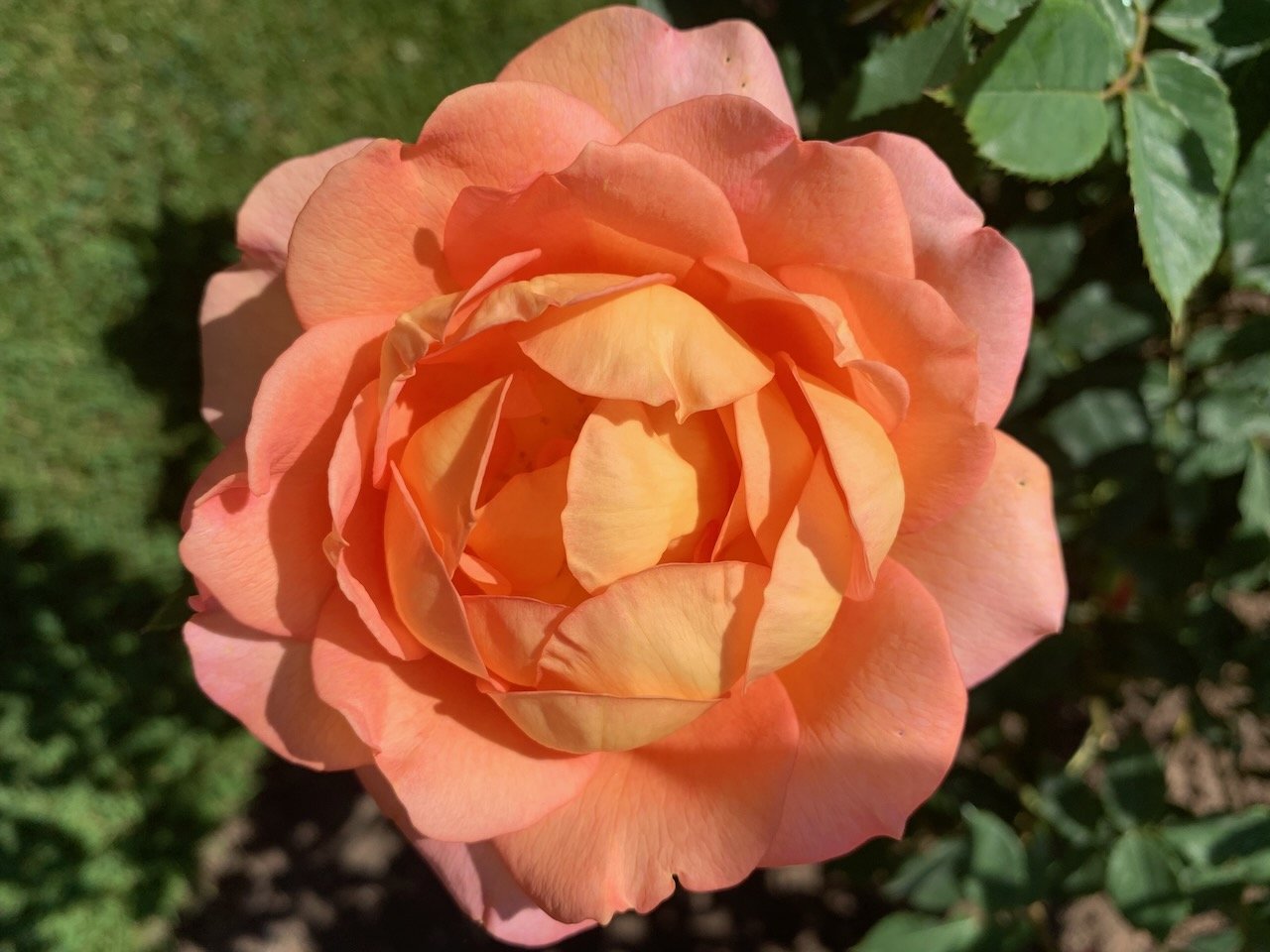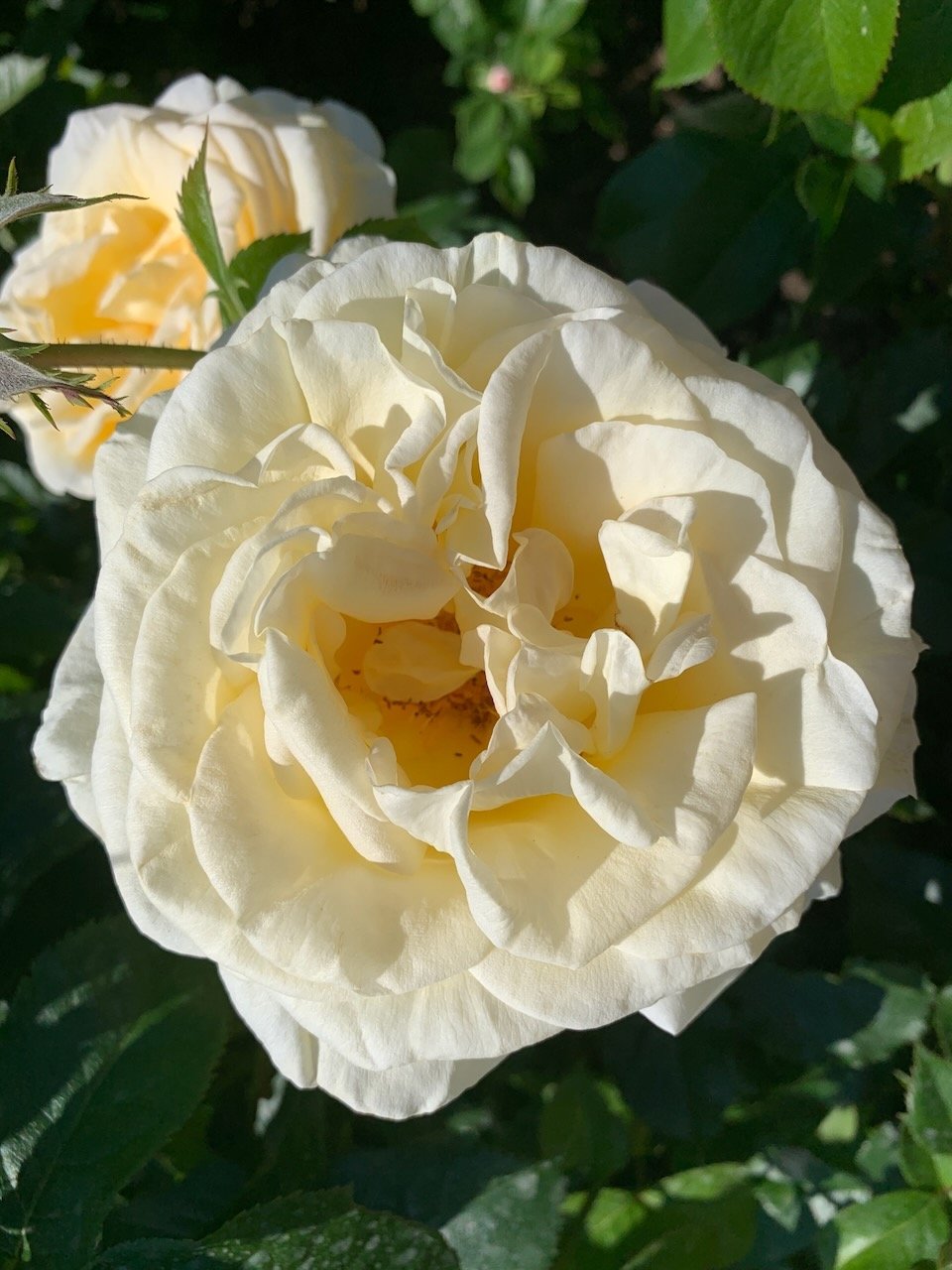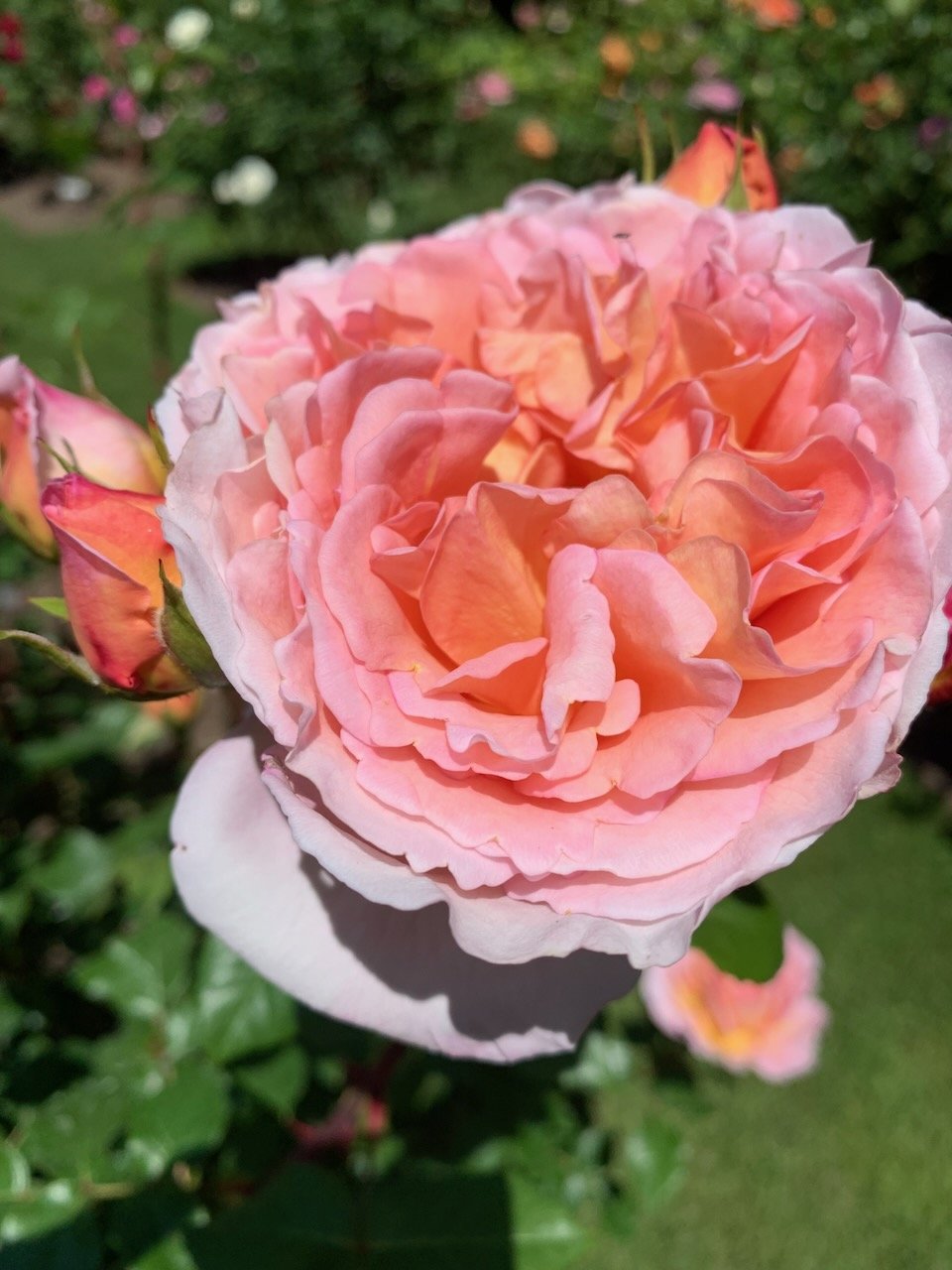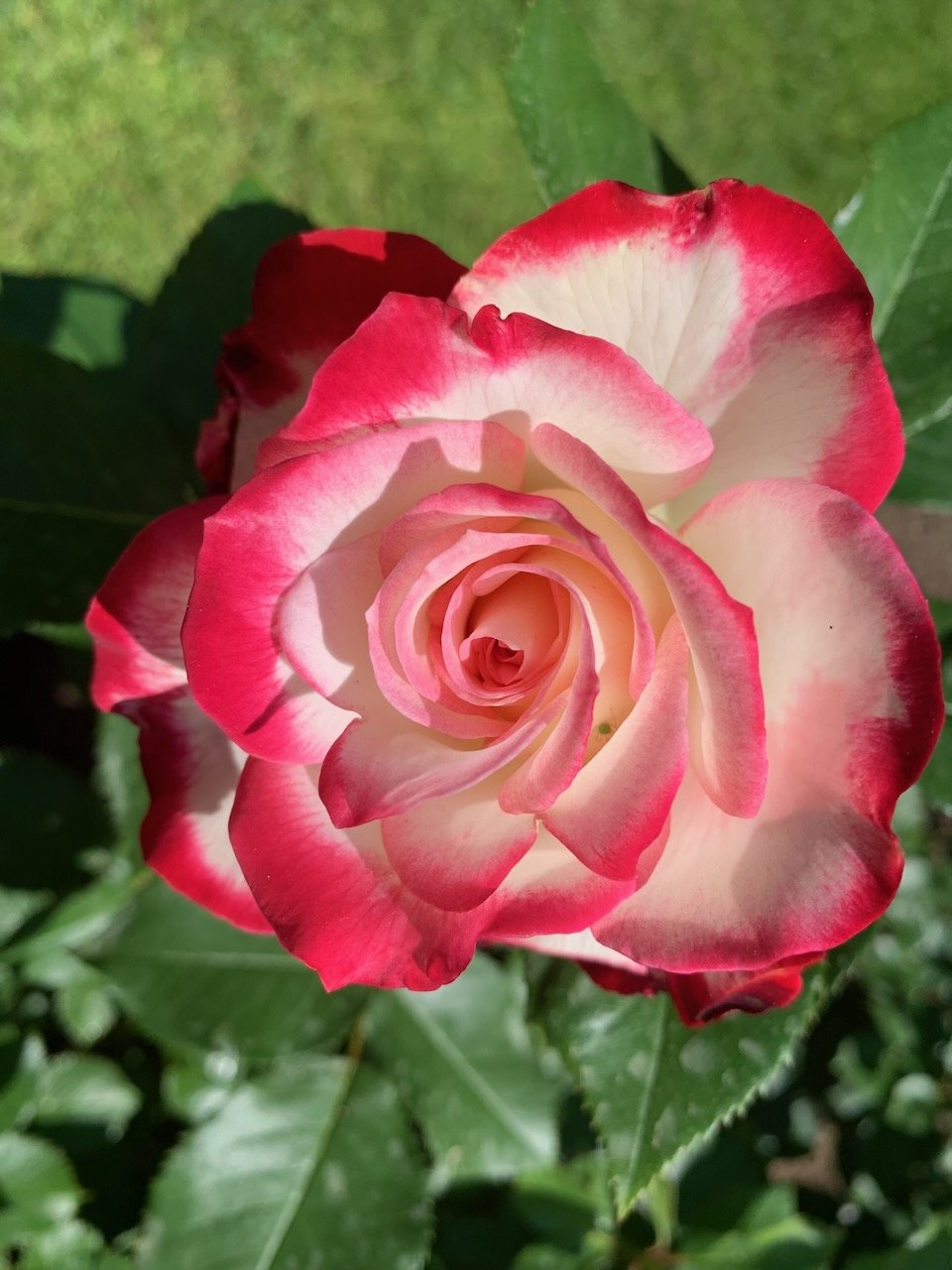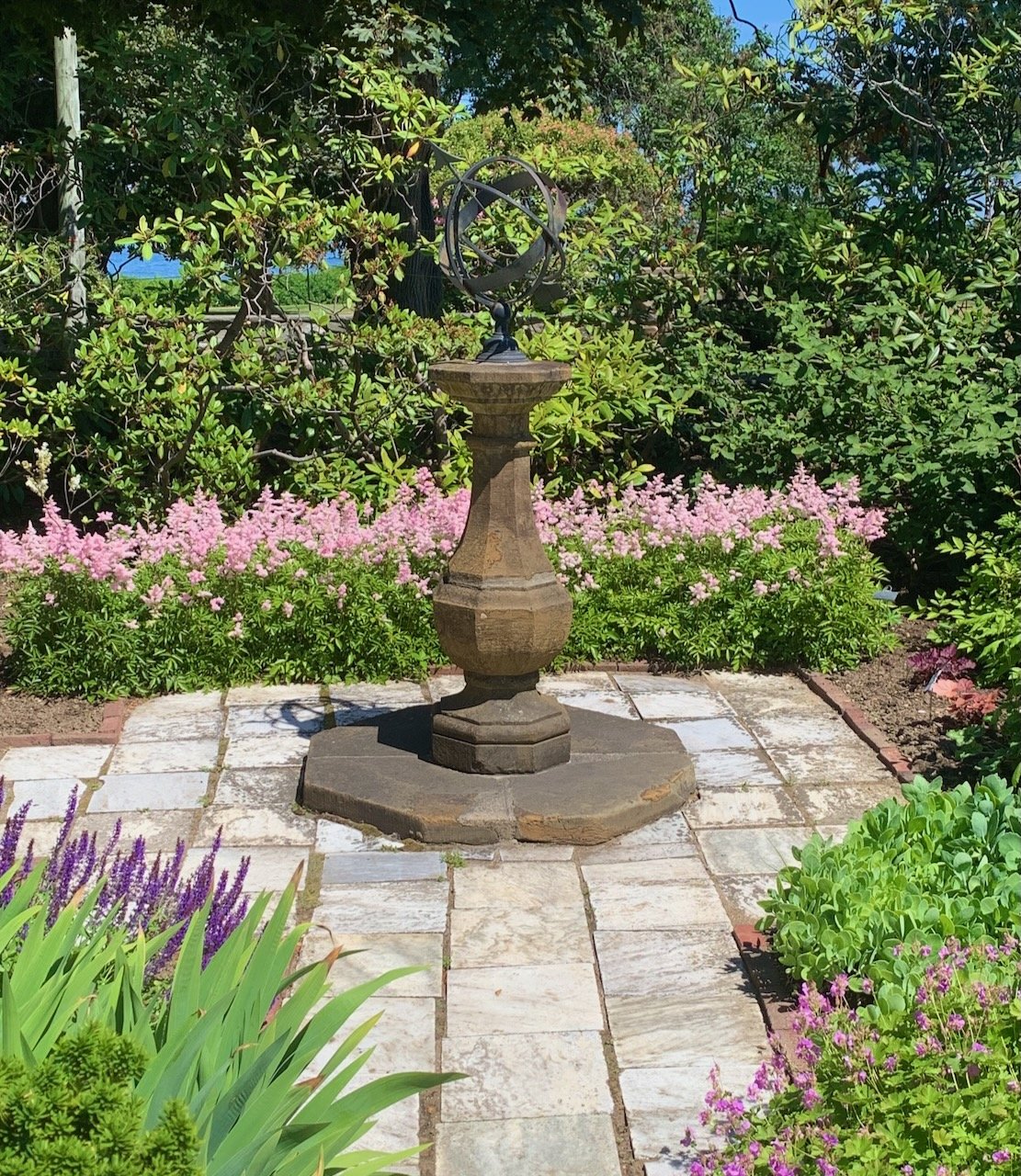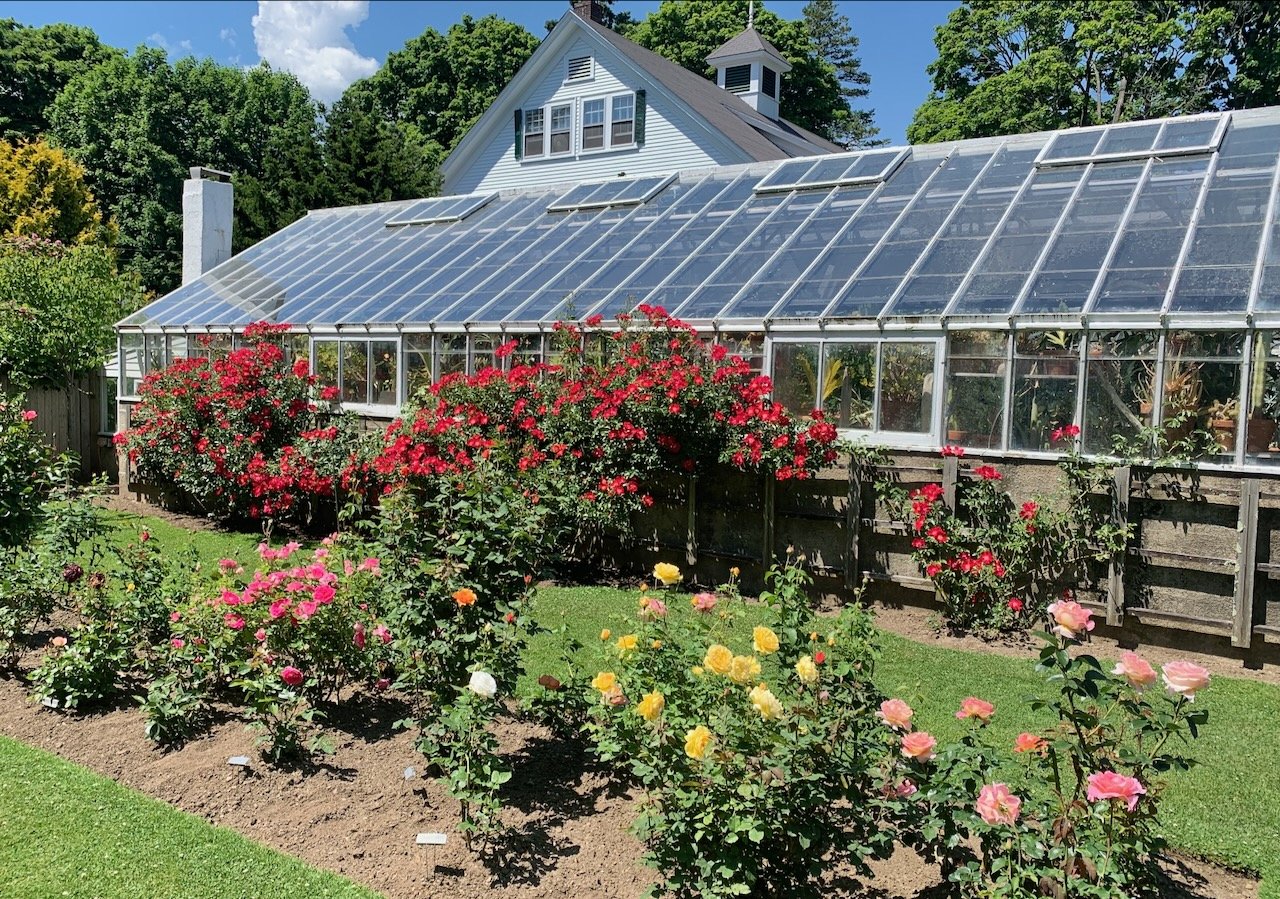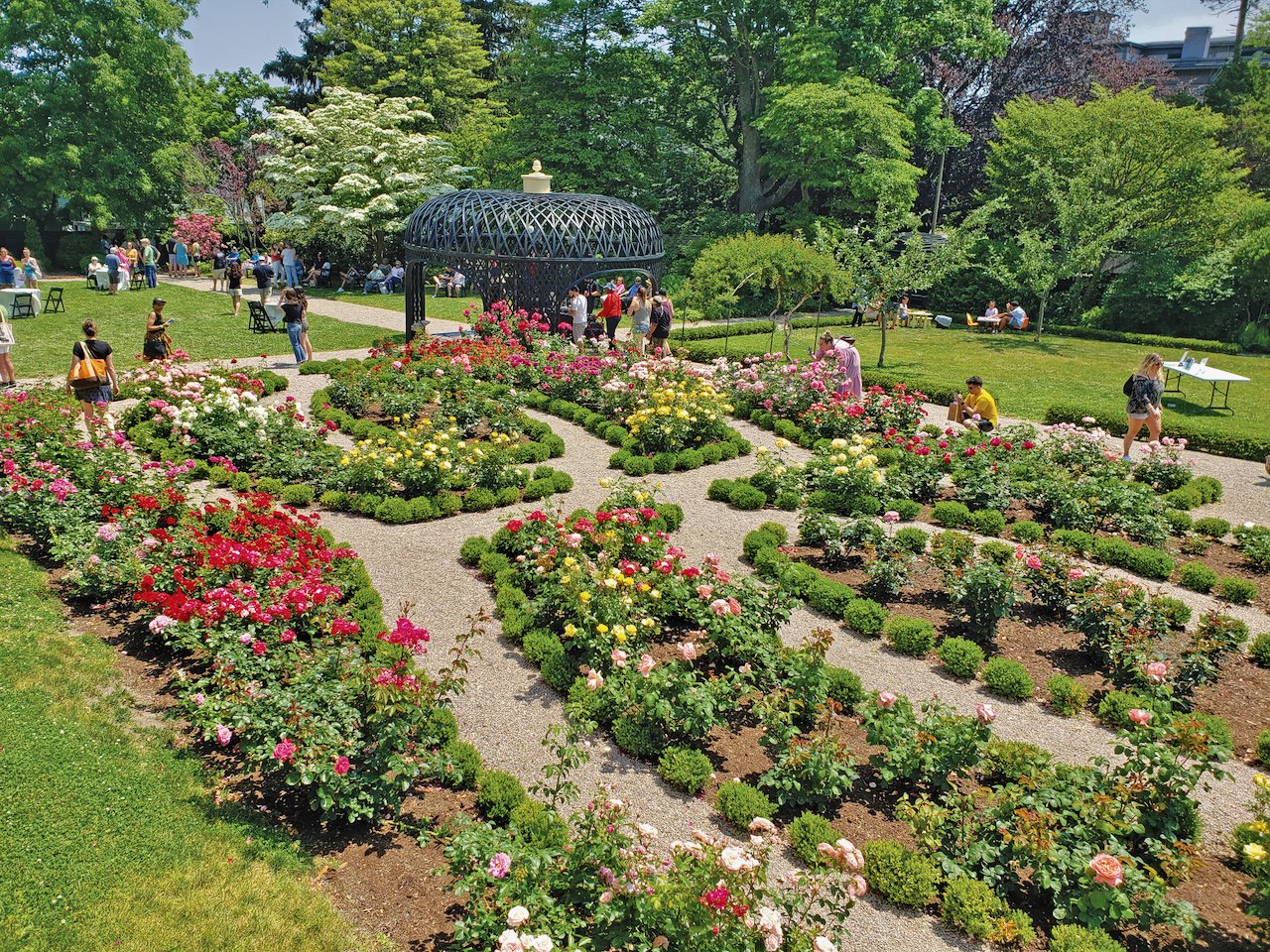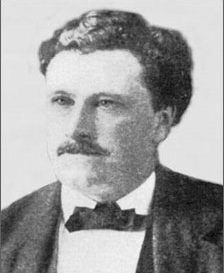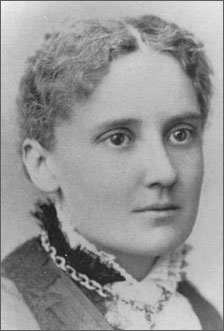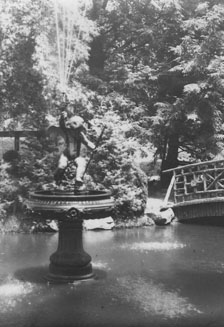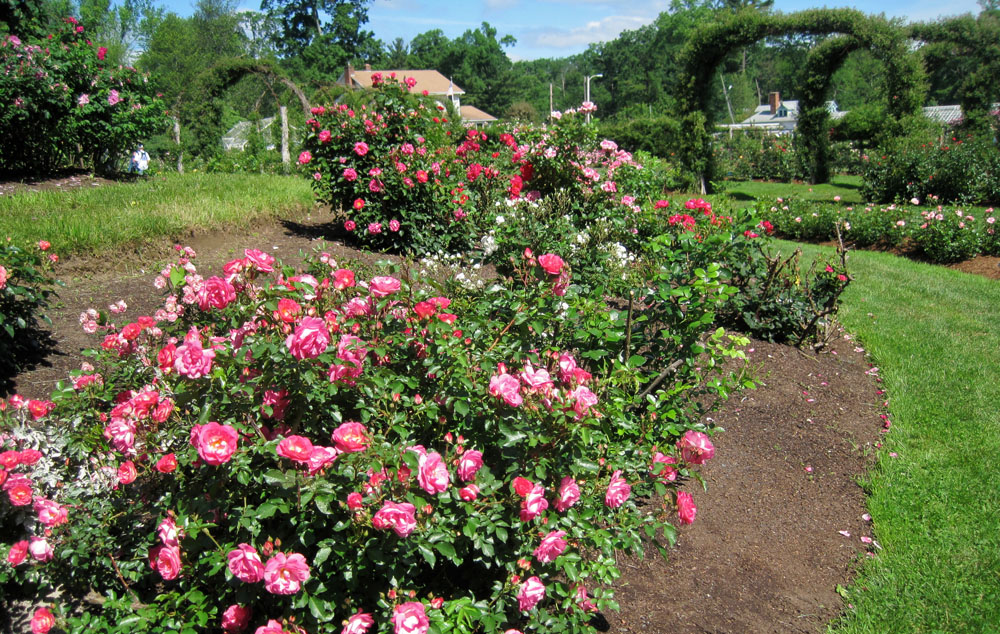Roses by the Sea at Fuller Gardens
/Roses are the main event at Fuller Gardens. Now a test garden for the American Rose Society, it showcases more than 1,200 rose bushes. The 125 varieties have staggered bloom times, so there is color from June until October.
Fuller Gardens began as Runnymede-by-the-Sea, the summer estate of Bostonians Alvan and Viola Fuller. Alvan was a self-made businessman, art collector, philanthropist, and politician who served as governor of Massachusetts in the 1920s. The original landscape was designed by Arthur A. Shurtleff, but the garden evolved and was enlarged over the years, with the help of the Olmsted Brothers firm of Boston. The front garden was designed as the estate’s showpiece in 1938. It was meant to be appreciated from the street and utilized a “false perspective,” in which the back of the garden is narrower than the front, making the space appear longer than it actually is.
The Fullers rarely frequented the garden themselves, but they enjoyed viewing it from the upstairs bedroom windows and welcomed the public. The front garden was planted with hundreds of roses in formal parterre beds, and surrounded by hedges and flower borders filled with coneflowers, astilbe, salvias, baptisia, and geraniums. Statuary and tuteurs draped with clematis punctuated the hedges.
In addition to the front garden, you will find a second rose garden that is laid out in a circular pattern surrounding a central antique wellhead. It is enclosed by a privet hedge and a cedar fence upon which are trained espaliered apple trees. Perennial borders flank the beds of roses.
A shady Japanese garden provides a quiet sanctuary, with paths leading through hostas, ferns, azaleas, mountain laurel, and rhododendrons surrounding a pool filled with giant koi.
Near the remaining carriage house, a glass conservatory houses tropical plants, begonias, and vines. A large display bed of dahlias provides stunning color in late summer.
The gardens are meticulously maintained by a knowledgeable staff headed by director Jamie Colen. The roses are protected from harsh winter temperatures with buckets of soil heaped upon their crowns in early December. Instead of using mulch to suppress weeds, the staff weed the beds twice a week and pay careful attention to soil quality, amending it regularly with compost and lime. As a result, the roses are healthy and vigorous, with few pests and almost no diseases, so chemical treatments are unnecessary. As they age and need to be replaced, new roses are purchased from Roseland Nurseries in Acushnet, Massachusetts. The colorful gardens continue to delight the public as they did almost 100 years ago, and the Fullers are probably happily watching from above.
You Might Also Like





